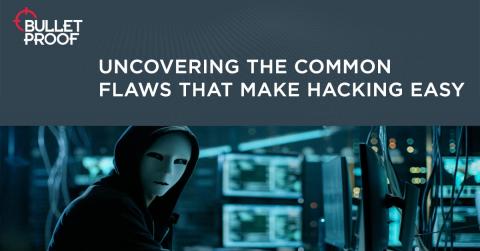Observability and Visibility in DevSecOps
Companies often turn to software as a solution when they need to solve a problem. Whether it’s to automate or enhance a task, or gain valuable information in an easily consumable fashion. The same is true for security teams on both sides of the red and blue line. Security professionals build tools to automate exploitation, detect attacks, or process large amounts of data into a usable form.








